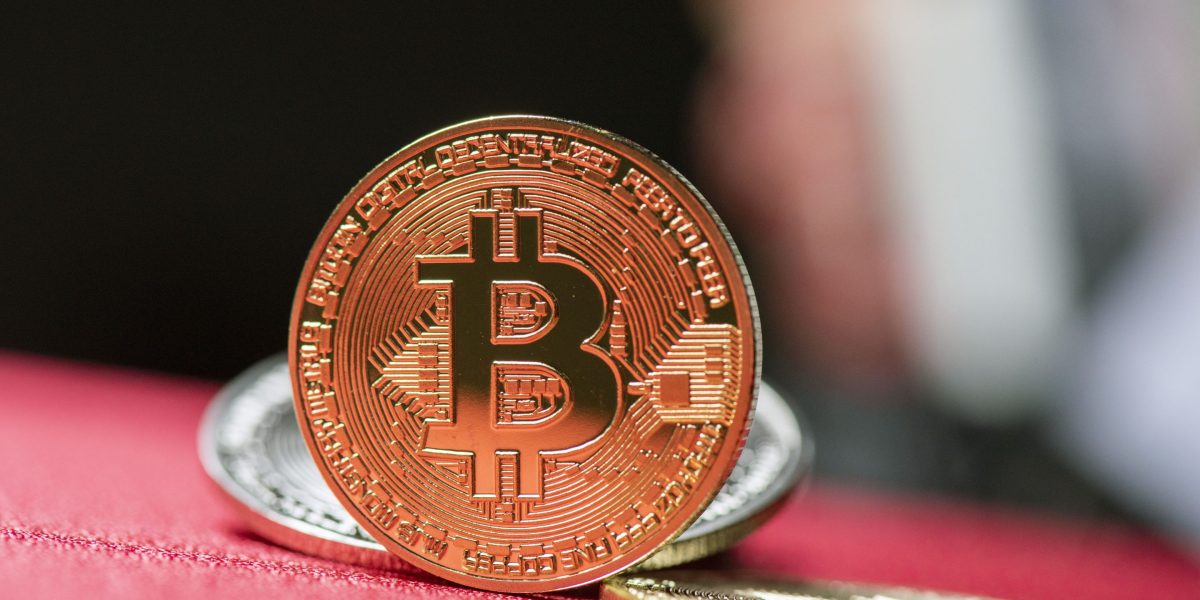The United States government has become one of the largest holders of Bitcoin, with a stash exceeding 200,000 BTC valued at more than $5 billion, even after selling a few thousand BTC earlier this year.
Based on an analysis of public filings, the crypto firm 21.co estimated that the U.S. government still retains 194,188 BTC, worth approximately $5.3 billion.
The firm emphasized that these figures are “lower-bound estimations of the U.S. government holdings based on publicly available information.”
The analysis tracked the movement of Bitcoin within U.S. government wallets linked to three major BTC seizures since 2020: the Silk Road seizure of 69,369 BTC in November 2020, the Bitfinex Hack seizure of 94,643 BTC in January 2022, and the James Zhong seizure of 51,326 BTC in March 2022.
The government’s Bitcoin holdings are primarily stored offline in encrypted devices known as hardware wallets, which are maintained under the supervision of the Justice Department and the Internal Revenue Service.

The U.S. government made two significant Bitcoin seizures in 2022.
Assets seized by the government do not immediately become its property. The U.S. Marshals Service, responsible for selling seized property, only gains possession of the seized Bitcoin after a court issues a final forfeiture judgment.
From time to time, the U.S. government sells portions of the seized Bitcoin through an auction system, following court liquidation orders. One of the most notable government auctions occurred in 2014, when billionaire Tim Draper purchased 30,000 BTC from the U.S. government.
In recent years, however, the government has increasingly used crypto exchanges to sell seized Bitcoin instead of public auctions. For instance, in March of this year, the government sold 9,118 BTC on Coinbase, as confirmed in a public filing.
This article can be collected as an NFT to preserve this moment in history and demonstrate support for independent journalism in the crypto space.







Leave a Reply